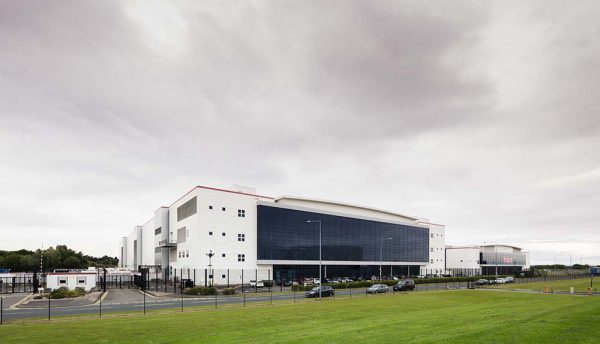Simon Bearne, Commercial Director at UK data centre operator NGD, delves beyond the headlines of a new European data centre pricing report.
Datacentrepricing.com’s most recent pricing trends surveys, undertaken at the end of 2018, continued to find the UK to be the highest priced overall in Europe. I say ‘continued’ as their previous mid-year report had placed the UK out of 15 European countries, along with Ireland and Switzerland, at the top end of the pricing scale – with the highest average pricing and monthly rack space rates of €1,000 or more.
Fair enough. But here’s the thing. Taking an ‘averaging out’ approach with statistics can be misleading. A somewhat broad brush country to country average price comparison overlooks the huge variations in pricing that exists in a major market such as the UK. After all, the London and inner M25 area is the traditional heartland for UK data centres but also the most expensive, so a national averaging across the board will skew the reality quite considerably.
It was therefore pleasing to see their UK specific survey highlighting a more regionalised picture of the market. On the one hand London and Slough, it says, are the most expensive; perhaps not so surprising bearing in mind the high cost of real estate. At the same time, it was very interesting to note the accelerating growth of a few non-London UK regions such as Manchester and Cardiff. The latter being highlighted both as the lowest priced and one of the fastest growing UK data centre clusters. There is data centre life outside of London Docklands and the M25 after all.
For some time in fact, a select few UK regional data centres have been offering high quality facilities at very competitive rates, much lower than suggested in the report. NGD is an interesting example, providing very high quality facilities at prices well below the London market due to considerably lower real estate and labour costs. These factors combined with vast amounts of floor space ensure unrivalled commercial scale economies.
Clearly, the decision on which data centre to use does not solely come down to price per rack. Location may well have a bearing on a facility’s power costs and availability, not to mention connectivity and inherent security. These too need careful consideration.
Power
Data centre pricing surveys often highlight how industrial electricity costs vary extensively from country to country. In the aforementioned reports, Ireland, Spain and the UK were cited as having the highest per kWh rates. However, if you drill down further it becomes evident that power costs can and do vary within a single country.
Various factors come into play. For example, NGD’s 180 MW supply from a unique and nearby direct connection to the national grid means we don’t pay the same distribution costs applicable to others in the UK. However, being 100% renewably sourced slightly increases NGD’s costs but is seen as vital in assisting customers with their carbon credentials and ultimate tax exposure. And don’t forget that regulatory and other charges make up a significant component of the price consumers pay and these too vary from country to country.
Connectivity
An interesting observation made in these surveys was the rise in geographical clusters of highly connected data centres; in cities and metro areas for enabling dense connectivity for supporting increasingly demanding cloud and digital services. This development demonstrates how space, power and cooling have now been joined by connectivity as one of the prerequisites in modern facilities. A data centre can no longer be an island and expect to survive let alone thrive.
However, conjuring up highly diverse connectivity doesn’t happen overnight. It requires investment but also evolves organically with major carriers, service providers and fibre specialists often choosing to connect to certain facilities based on their reputation, strategic location and business value.
Fast-track hyperscale connectivity is of course possible but often involves considerable investment on the part of the data centre operator. Perhaps this is an indication as to why the pricing of many emerging data centre clusters is on the rise – somebody has to fund and get a return on the costs of the additional capacity required somehow.
These factors and 100% uptime since commencing operations 10 years ago have all contributed to NGD’s facility becoming established as a major international and regional hub based in Western UK.
Multiple carriers are connected via dark fibre together with ISPs and major cloud providers. And in a recent twist, NGD has launched subsidised POPs in Telehouse London allowing users to leverage the out of town advantage via a metro interconnect.
Security
Location has an impact on a data centre’s physical security. Those in metro areas will be at a natural disadvantage. A more remote out of town location offers sufficient elbow room for secure perimeters set back from the facility, clear separation from infrastructure such as roads, fewer limitations on available grid power, more campus space to support logistics, and superior environmental risk profiles.
In congested and expensive locations such as London this is very difficult to achieve. Furthermore, a secure site should have a low footfall – remote from highly populated focal points, a location where unwanted strangers are easy to spot. And of course, the data centre should not be in the vicinity of obvious crime targets, flight paths or flood plains.
In summary, it’s vital to look beyond the headlines. It is entirely possible to find affordable high quality, resilient, well connected and inherently secure data centre facilities in the UK. But to tick all these boxes you may well need to look further afield than London and the surrounding areas.
Click below to share this article



